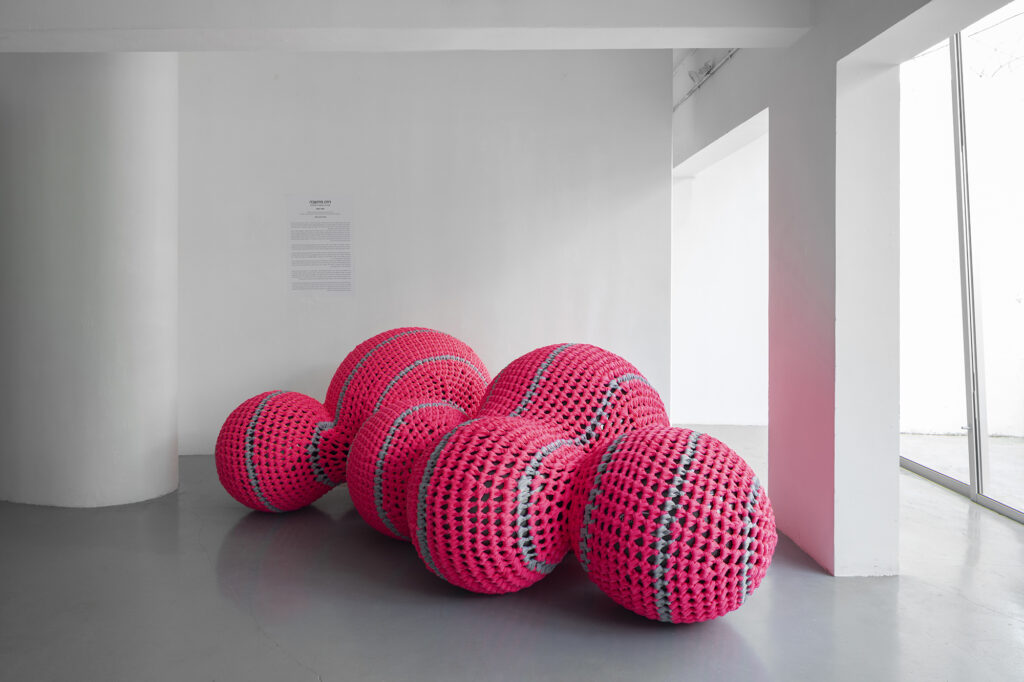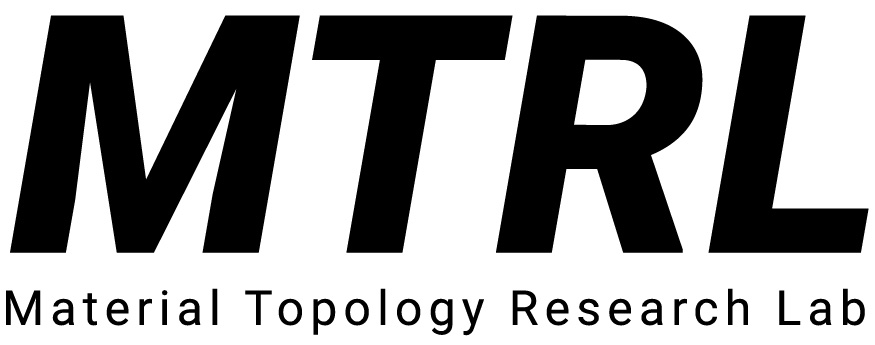Computational 3D Crochet Design and Fabrication
Additive manufacturing of textiles using parametric design of crochet knitting
Researcher: Tamar Nix, Ph.D. candidate
Advisor(s): Prof. Aaron Sprecher, Arch. Ayelet Karmon

This study connects traditional handcraft with state-of-the-art technology, resulting in innovative
textile constructions.
The ability to produce whole 3D textile items is gaining interest in recent decades due to the growing
demand for customizable mass fabrication solutions. Although flat knitting machinery is capable of
producing a whole 3D item, it is fundamentally limited in yarn thickness, the scale of the outcome,
and potential geometries.
Crochet is a handcraft that creates fabric by interlocking loops of a thread using a single hook, stitch
by stitch. Crochet can create complex topologies, and – unlike any other technique – is able to
increase the fabric surface by curling. Currently, the main limitation of crochet is by being a manual
technique – a traditional craft without existing mass production tools.
Previous studies refer to crochet as a candidate principle for additive manufacturing, identifying a
gap in both design and manufacturing tool development. Seeing the rapid development in the use of
robotic tools in recent years, and the contemporary literature in the field, it seems that conditions
are ripe to develop designated robotic solutions for creating 3D crochet textiles. In this manner,
crochet can be a viable option for mass production on a vast range of scales, leveraging its unique
advantages.
The research benefits from up-to-date methods suitable for transdisciplinary design research and a
practical phase that includes iterative experiments with computerized crochet on various levels,
using industrial robotic arms and designated tools.
The aim of this research is to promote the traditional crochet craft to the digital world, by producing
3D textiles in a manner of additive manufacturing. Robotic 3D crocheting is expected to provide an
innovative textile fabrication method, allowing scale and construction previously uncommon,
potentially allowing new concepts for architecture and other fields as well.

